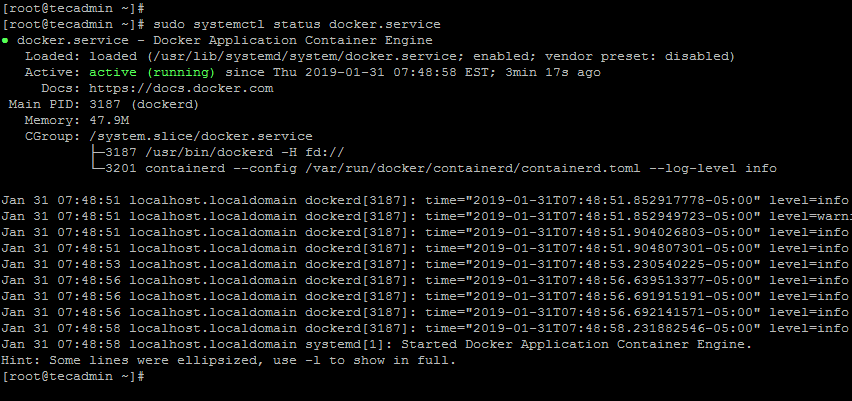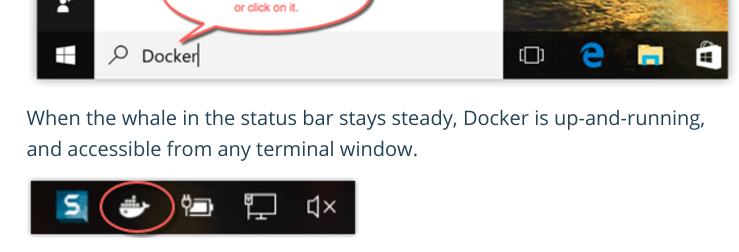

Use the following command to delete all stopped containers: You can put this command into a script to run so that you don’t have to type the whole thing every time you want to start your Docker container. This is preferred so that you don’t waste storage on a bunch of stopped containers.

To get a list of all your Docker containers, run this command:Ĭopy the CONTAINER ID, which will look similar to this: 0dd01659d8dd Once you get your updates and packages installed, you’ll want to create a local Docker image. Let’s get started by installing these common Metapackages:Īpt install exploitdb Create Local Docker Image After Updates Install


Kali keeps a list of common Metapackages here. Since the image we used above is bare bones, you’ll want to install some Kali Metapackages to get the tools you need. You’ll want to run the following commands to update the Kali packages: Run the following commands to pull the most recent Kali Linux Docker Image, create the Docker Container and start /bin/bash in that container:ĭocker run -ti kalilinux/kali-linux-docker /bin/bash Update Kali LinuxĪfter running the commands above, you’ll be at the /bin/bash prompt. This article assumes you already have Docker installed and running. Install Tor Kali Linux Install Kali Linux Using Docker


 0 kommentar(er)
0 kommentar(er)
